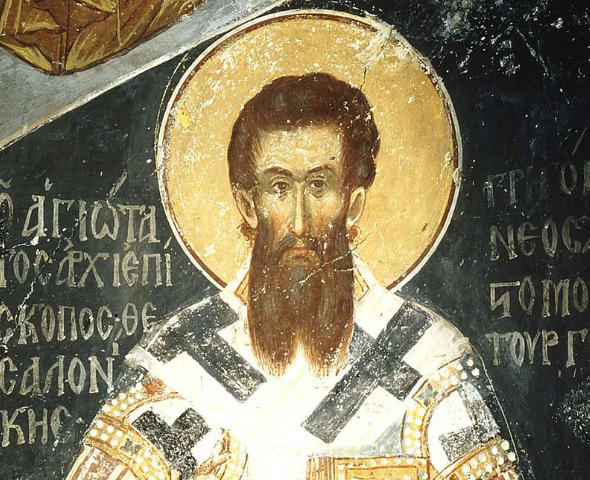The Synod of Zamość was a local synod held in 1720 by the Ruthenian Uniate Church. Its primary focus was the relationship with Catholic and Eastern orthodox traditions. This synod represented the significant effort to stabilize and define the liturgical and organizational aspects of the Ruthenian Uniate Church (RUC) within the Polish-Lithuanian Commonwealth. This post will dive into the background of the synod, its condemnation of Gregory Palamas, and the subsequent papal approval of its decisions.
Background on the Synod and Gregory Palamas
The Ruthenian Uniate Church emerged from the Union of Brest in 1596, an agreement that sought to unify the Ruthenian Orthodox Church with the Catholic Church under the Pope’s authority while preserving Byzantine-Slavonic liturgy and ecclesiastical organization. At the time, the union was contentious, leading to internal strife among Eastern Christians in the Commonwealth and contributing to the Cossack uprisings.
Gregory Palamas, a 14th-century Eastern theologian, is central to modern Eastern Orthodox spirituality, mainly through his defense of Hesychasm. Palamas’ theology, emphasizing the direct experience of God’s uncreated energies, became a hallmark of Eastern Orthodox mysticism and spirituality.
Condemnation of Palamas
The Synod of Zamość, convened under Pope Clement XI‘s permission and presided over by the papal nuncio Archbishop Girolamo Grimaldi, sought to address various liturgical and organizational issues within the Ruthenian Uniate Church. Among its resolutions was the express prohibition of the veneration of Gregory Palamas. This decree aimed to align the Uniate Church more closely with Tridentine Catholicism, emphasizing Latin theological and liturgical sensibilities over the Ruthenian Uniate Church’s distinct Eastern character.
The Holy Synod not only prohibits the veneration of Gregory Palamas as a Saint and the celebration of his feast day, but also forbids henceforth his mention in our Church, under the penalties prescribed for schismatics.
Acta et Decreta Sacrorum Conciliorum Recentiorum. Collectio Lacensis, Column 65.
Papal Approval of the Synod
Pope Benedict XIII’s approval of the Synod of Zamość’s statutes in 1724 underscored the Catholic Church’s support for the synod’s decisions. This papal endorsement was a formal ratification and an affirmation of the efforts to integrate the United Church more firmly within the Catholic tradition. The publication of the synod’s statutes and their translation into various languages facilitated their dissemination and implementation.
… in 1720 the metropolitan and the rest of the bishops of the Ruthenian Church met in council at Zamość to provide to the best of their ability by common counsel for the growing needs of the faithful; from the decrees of this council – confirmed by our predecessor Benedict XIII in the Apostolic Constitution Apostolatus officium of 19th July 1724 – no small benefit resulted to the Ruthenian community.
Pope Pius XII, Orientales Omnes Ecclesias, 18


Leave a comment